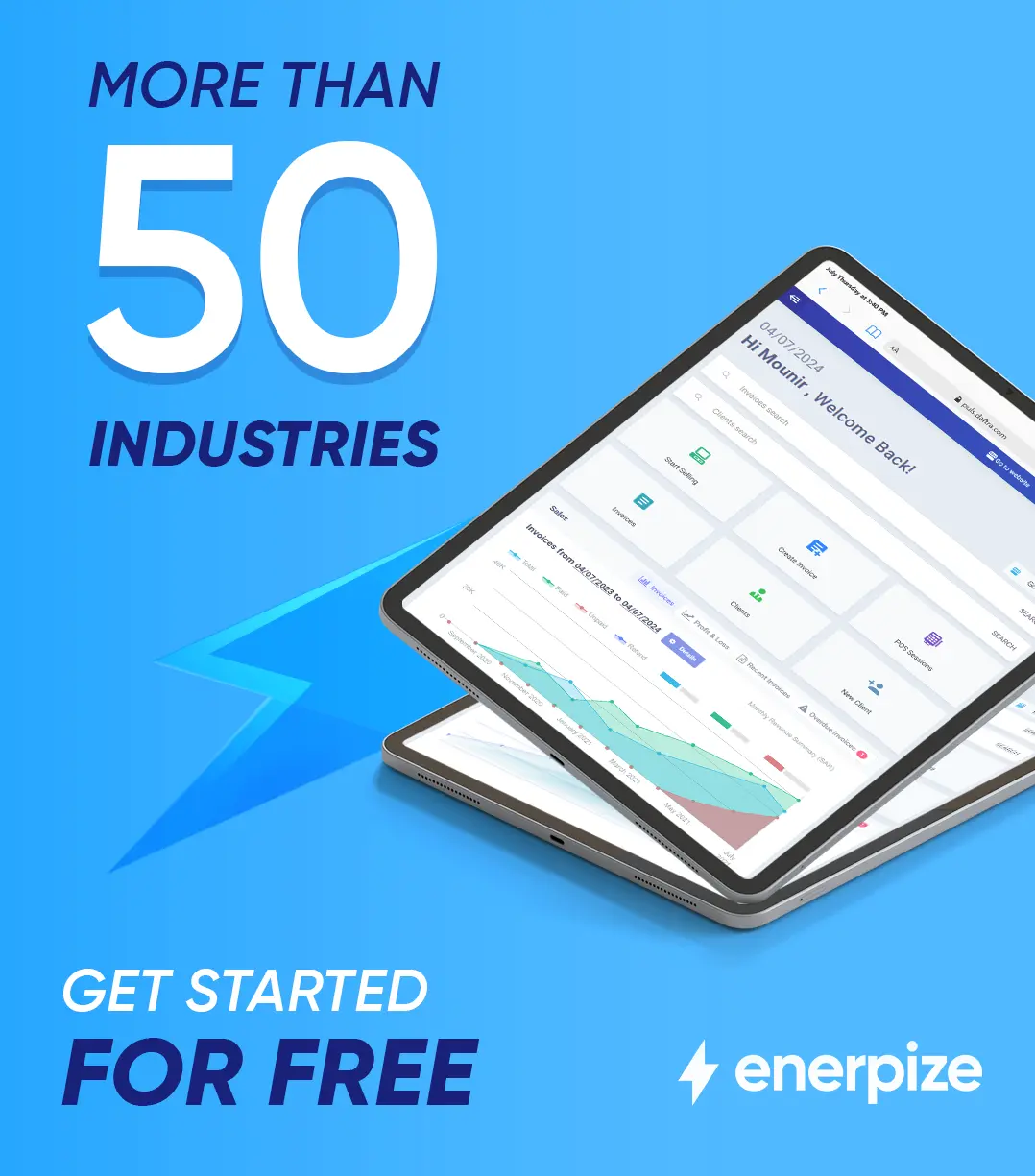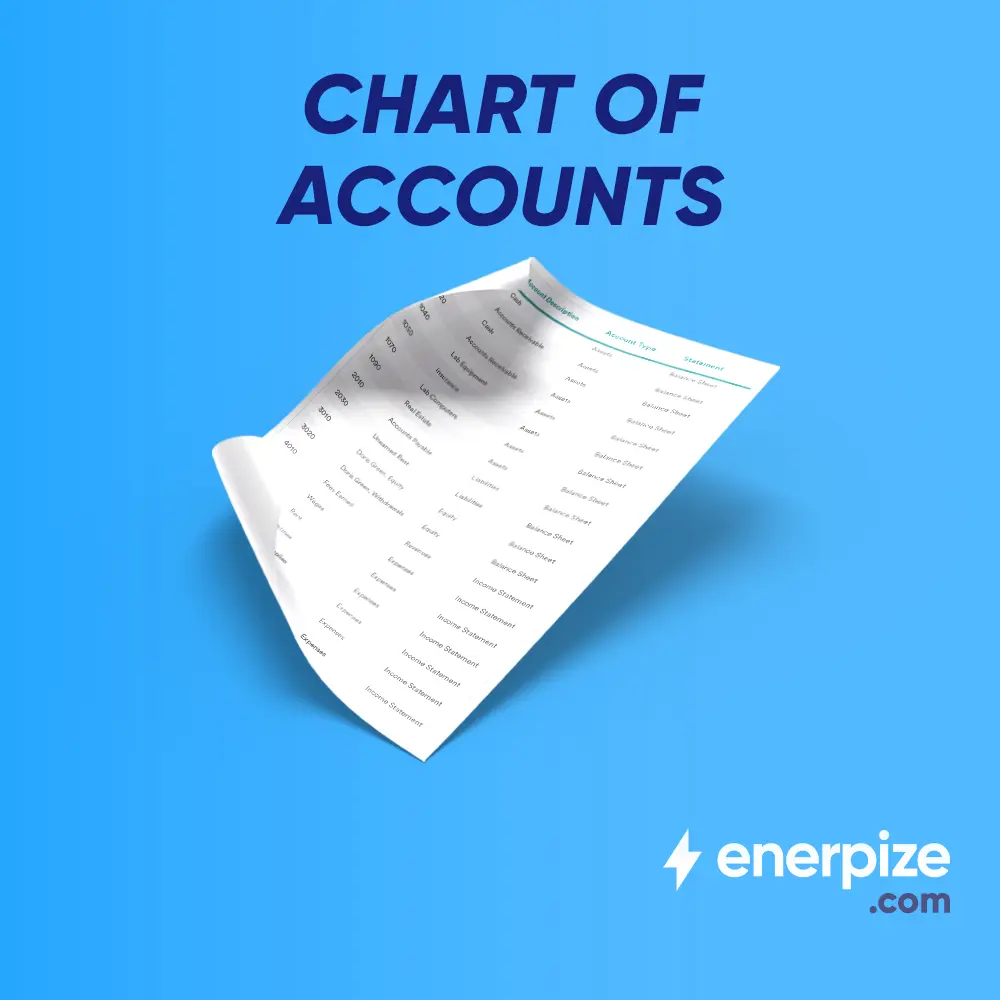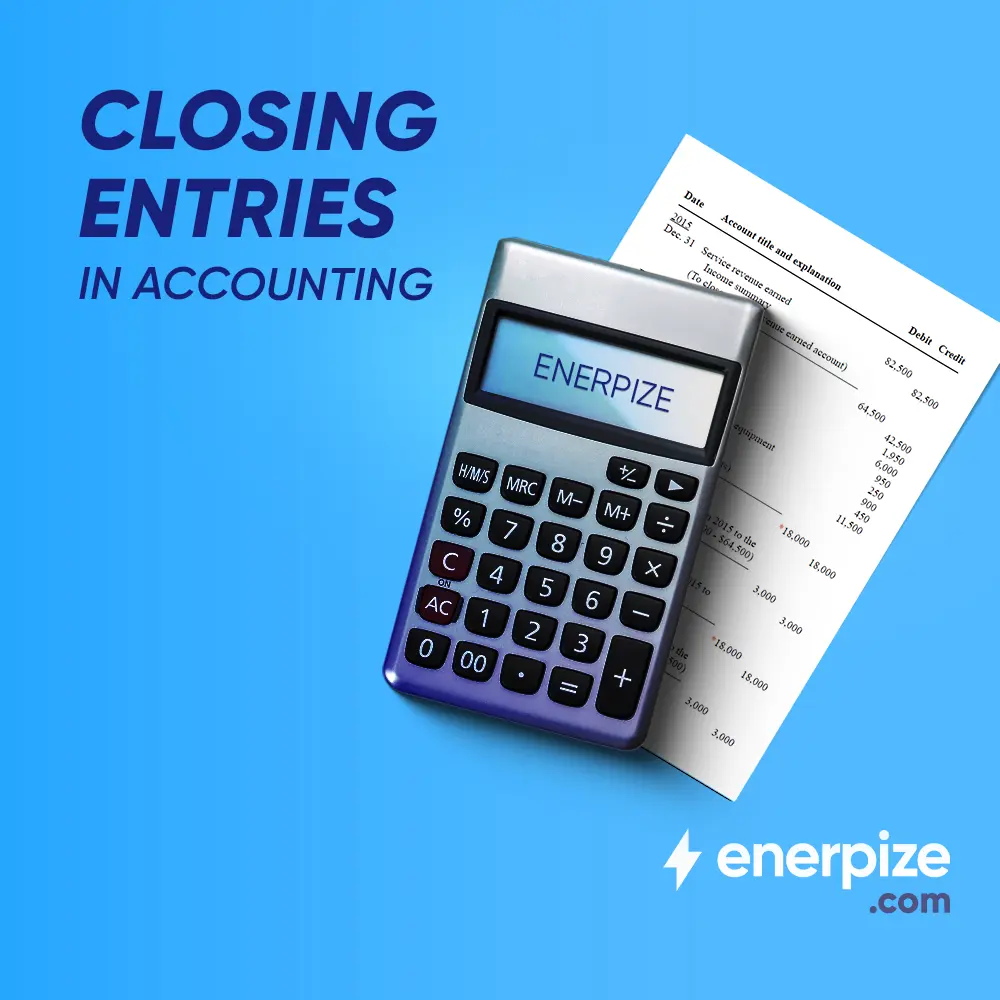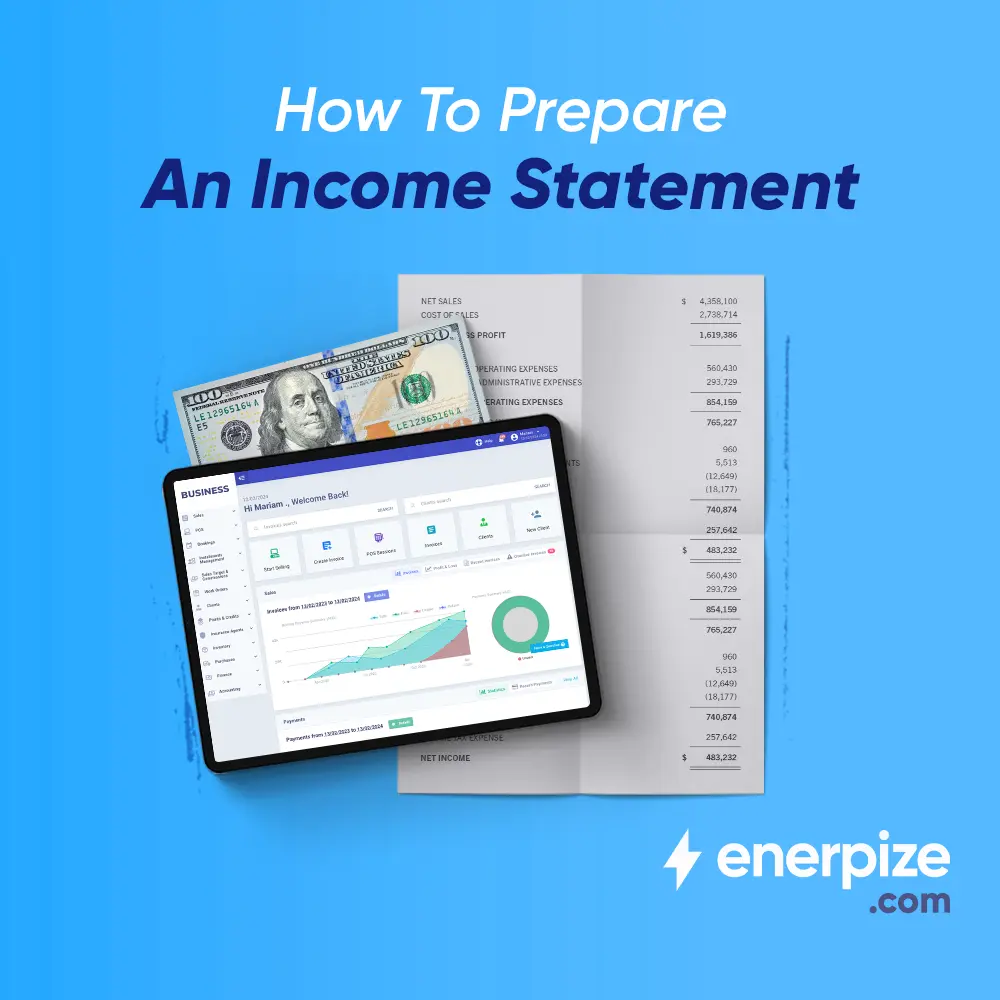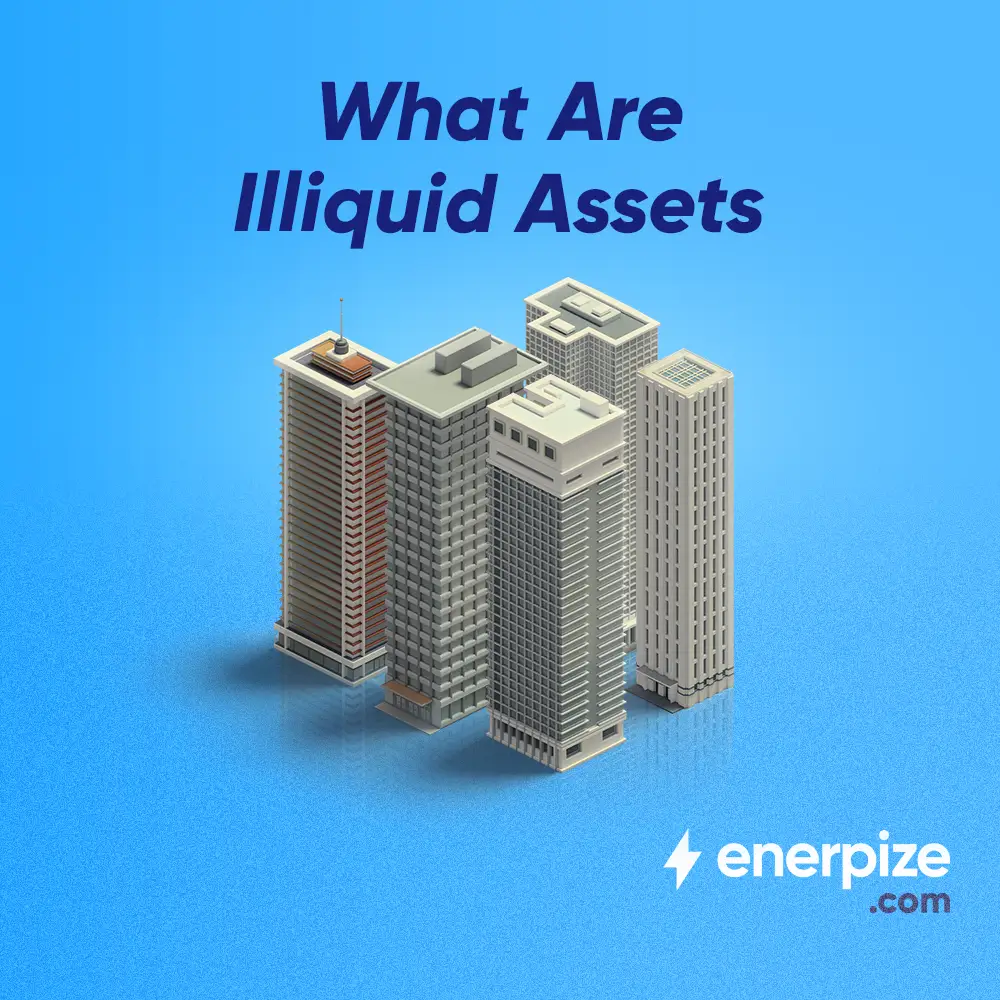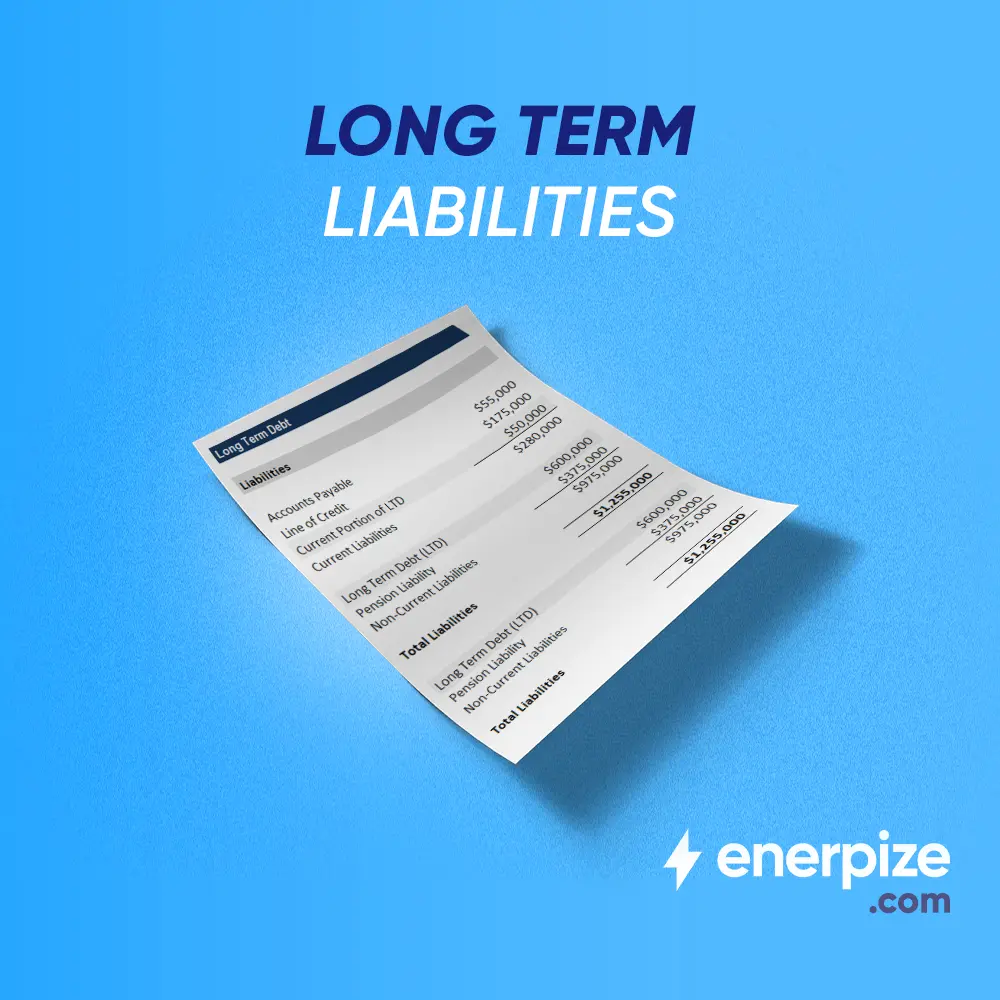Author : Mohamed Tantawy
Reviewed By : Enerpize Team
General Ledger VS Subledger: A Comprehensive Guide
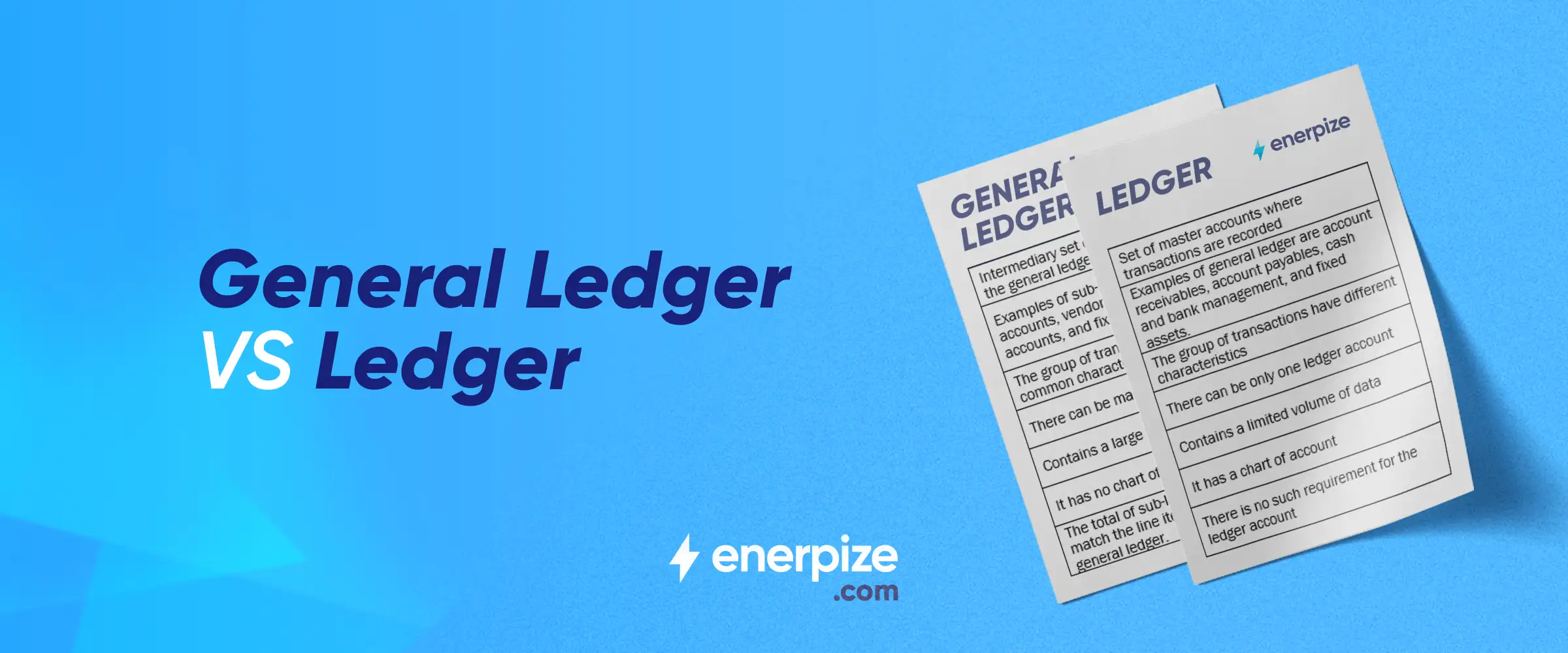
A combination of a generalized and granular view of all or some financial information is critical for every business's robustness. The general overview provides a quick snapshot of all financial records at a given company. In contrast, more granular details provide a close-up view of one or more financial activities or transactions.
The availability of each is essential, and neither information record is mutually exclusive. Generalized information records (aka general ledgers) help businesses integrate financial records, optimize internal controls, expedite tax reporting, provide actionable insights to understand markets and customers, and more.
Granualized information records (aka subledgers or subsidiary ledgers) help businesses identify mathematical errors, perform early internal audits before mandate external audits, generate more detailed financial statements, and more.
To set records straight, a closer look is needed so you, as a business owner or executive manager, can understand more fully what a general ledger is, what a subledger is, general ledger vs ledger, subledger reconciliation, and more.
Learn about general ledgers and subledgers to put your financial records to your best business use.
Key Takeaways
- A general ledger is the main accounting record that summarizes all financial activity, including assets, liabilities, equity, income, and expenses. It uses double-entry accounting and forms the basis for trial balances and financial statements.
- Subledgers provide detailed records of specific accounts like payables, inventory, or fixed assets. They track individual transactions and feed summarized data into the general ledger, but aren’t used directly in financial statements.
- The general ledger gives a complete financial overview, while subledgers break down transactions by category. A company typically has one general ledger and multiple subledgers to support it.
- Subledgers help monitor account-level activity, spot errors, and conduct audits. They improve clarity by separating detailed records from the summarized general ledger data.
- Reconciling subledgers with the general ledger ensures data matches across both. This process detects discrepancies and confirms that all transactions are accurately recorded.
What is A General Ledger?
The general ledger is to a business owner what a control panel is to a computer: an overview of all features governing all constitutive sub-features that help run a system. Put differently, a general ledger is an account of accounts where all financial records are logged for all existing and potential financial uses: planning, reporting, auditing, and more.
The general ledger is a master document from which several financial statements are generated. In an accountant’s journey to get formal financial statements, a “trial balance” must first be generated from an original general ledger. Trial balances represent a record of all balances in a given reporting period to ensure no mathematical errors exist. That explains why general ledgers are extremely important for going from general to granular in financial management.
General ledgers are based on a double-entry system, a standard accounting method where a company’s credit and debit must be balanced out for a ledger to be mathematically correct according to a standard accounting equation:
Assets [Credit] = (Liabilities + Shareholder Equity) [Debit]
General ledgers come in a variety of forms, including:
- Asset Accounts: represent a record of a company’s assets.
- Liability Accounts: represent all debts a company owes.
- Equity Accounts: record a company’s overall value minus all liabilities.
- Operating Revenue Accounts: represent a company’s overall cash inflows from primary business activities such as direct sales.
- Operating Expense Accounts: represent all company spending incurred while doing business.
- Non-Operating Revenue Accounts: represent non-core or indirect income-generating activities such as asset sales, royalties, patents, etc.
- Non-Operating Expense Accounts: represent a record of all company expenses incurred from non-core business activities, such as interests, asset loss, write-offs, etc.
As such, general ledgers pull financial information and transactions from various financial records, including subledgers and accounts (e.g., accounts payable, cash, inventory, interests, etc.)
What is A Subledger?
The subledger, or subsidiary ledger, is a subset of a general ledger where all financial transactions related to only one account (e.g., account payable, fixed asset, bank accounts, etc.) are recorded over a given reporting period. This sets subledgers apart from general leaders. (More about subledger vs general ledger in a bit.)
The subledger acts, as noted, as a granular, close-up view of one or more given transactions recorded only in a limited form in general ledgers. Here is where subledgers are of paramount importance compared to general ledgers.
The nitty-gritty financial details in subledgers roll in general ledgers and represent a cornerstone for preparing financial statements generated from general ledgers later. Specifically, subledgers provide day-to-day records of financial transactions performed in a given span. These records enable “frontline” accounting officers to get immediate insights into daily business dealings from an accounting perspective.
Consider a global retail apparel company.
A global retail apparel company would have stores in multiple locations worldwide. At a local - i.e., city - level, such a company would have several stores operating and serving different customer segments.
From an accounting perspective, each store ideally has a separate reporting line, including for daily transactions. The gross amount any given store makes over a day, week, or month for a given apparel item represents an example of subledger accounting at work. By recording all transactions for one item per store, a subledger is created for such item over that specific - day, week, or month - period.
This is an example of a granular level - store-level compared to a global or national level - subledger accounting. Conversely, going global represents an example of general ledger accounting.
That being said, how do general ledgers and subledgers compare anyway?
General Ledger VS Subledger: Main Differences
As noted, general ledgers and subledgers differ on one central point: where general ledgers work at a broad, less-detailed level, subledgers represent a more granularized form of financial accounting. The general ledger controls subledgers, whereas subledgers are only subsets of general ledgers.
As a master ledger, general ledgers can only occur once at any given company, whereas subledgers could be as many as needed. Moreover, whereas general ledgers are used in trial balances to prepare financial statements, subledgers are not.
In short, general ledgers represent a bird’s eye, an across-account overview of all on-ground items (read: all financial transactions) on an ongoing basis at a company; subledgers are what a bird sees at a more granular level when skydiving to pick one specific on-ground item (read: one account class, type, or transaction).
Important as are, more than general ledgers is needed to appease more data-hungry financial analysts. Here is where subledgers come in as indispensable.
Importance of Subledger in Accounting
By providing more detailed financial information about everyday transactions financial controls, auditors, and accountants can:
- Identify mathematical errors - intentional or not, automated or human-based - quickly.
- Perform early internal audits before more formal internal or external audits where more regulatory scrutiny is exercised.
- Generate more detailed financial reports from which all relevant stakeholders can drive invaluable insights about corporate financial positioning, market dynamics, potential business expansion opportunities, etc.
- Streamline and manage several accounts smoothly, instantly, and automatically if an automated system is used, leading to an overall cost reduction and operational optimization.
Subledgers could also be extremely important for fresh accountants or interns to perform on-the-job training (OJT). For example, big accounting companies and management consultancies usually offer unmatched opportunities for new job market entrants to gain insights into granular financial data across industries by generating (auditable) financial reports.
That way, subledgers represent more detailed records of a company’s financial data and provide great “training material” for future accountants and auditors who would “graduate” to financial planners and controls managing complex general ledgers.
What is Subledger Reconciliation?
The subledger reconciliation process involves matching financial transactions recorded in subledgers with the corresponding transactions in the general ledger. That means transactions recorded in subledgers are vetted (initially audited) against the corresponding transactions totaled in the general ledger.
In essence, general ledgers and subledgers communicate with each other, meaning every transaction in subledgers recorded in detail for each entry should be reflected in the general ledger in totaled amounts.
Read Also: Journal Entries for Bank Reconciliation: A Comprehensive Guide
Subledger Reconciliation Steps
The subledger reconciliation steps generally include:
- Comparing general ledger balances with subledger balances.
- Providing reasons for any identified discrepancies.
- Adjusting the general ledger and/or subledgers based on identified discrepancies.
- Comparing adjusted balances in the general ledger and subledgers.
To avoid some common mistakes, intentional or not, in subledger reconciliation, here are a couple of best industry practices:
- Track data movements within and across general ledger and subledger accounts to identify any discrepancies or fraud instances early on.
- Automate the general-ledger-to-subledger reconciliation process to optimize data management and governance.
To cap your subledger reconciliation properly, data integrity should be front and center of all your accounting activities and general practice.
How Can Enerpize Help in Subledger Accounting?
At Enerpize, general-ledger-to-subledger communication is a streamlined process where your financial data is secure, safe, and optimized for your best business use. Our online accounting software helps you manage your subledger accounting needs end-to-end by:
- Managing all your spend per account from any device, anywhere.
- Prepare your income statements from subledger accounts where you can generate printable and shareable invoices and set date ranges, and let our detailed, automated reports calculate your net profit.
- Monitor your operation expenses to tap on overall costs and calculate your profitability per one product, product group, or department.
- Generate detailed, customizable, and shareable financial reports to prepare accurate and tax-compliant financial statements.
- Maintain a range-specific record of financial transactions to prepare financial statements manually or automatically.
- Manage your asset accounts cost-effectively and optimize your asset acquisition process.
And more.
Take advantage of unmatched leverage for your accounting needs, and try us today.
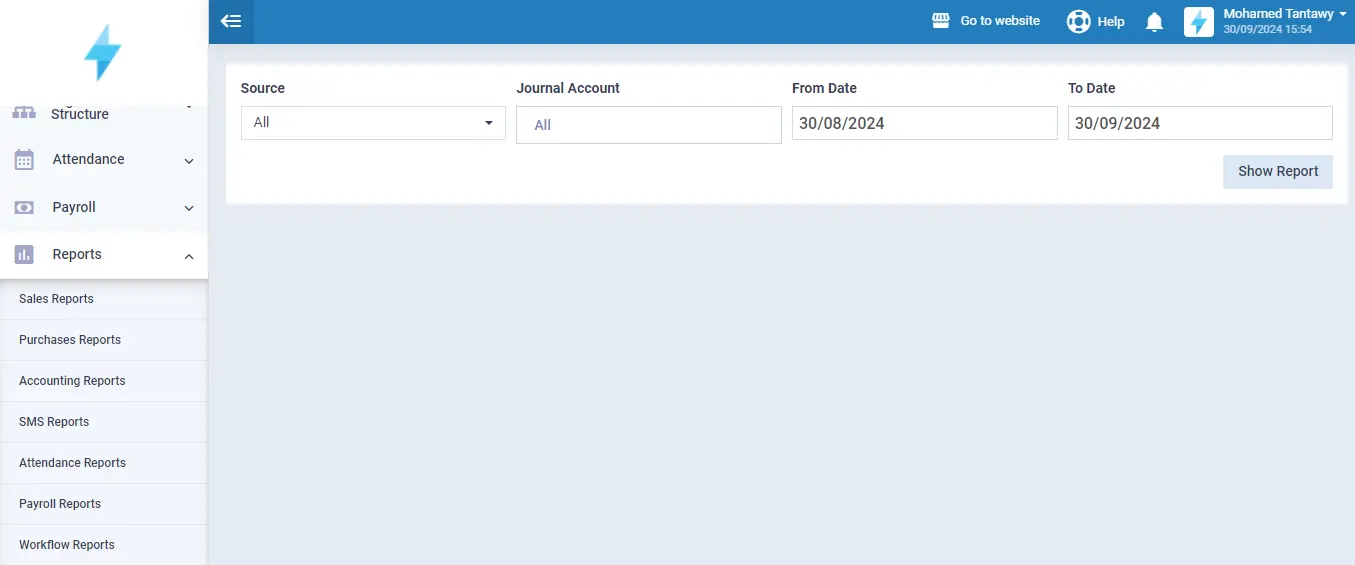
Final Thoughts
Ledger, general or subsidiary, accounting is indispensable for any business that wishes to make accounting a source of insights, not a burden to overcome.
Understanding what general ledger and subledger are, how they compare, why subledgers are essential in accounting, and what subledger reconciliation is are all critical to getting your accounting operations up and running and creating substantial value for your business.
Not least, opting for Enerpize as your best accounting partner should help you overcome needless accounting hassles that can be detrimental to your overall business.
Subledger is easy with Enerpize.
Try our accounting module to create financial statements easily.

